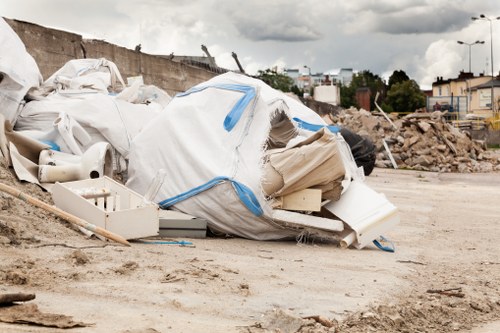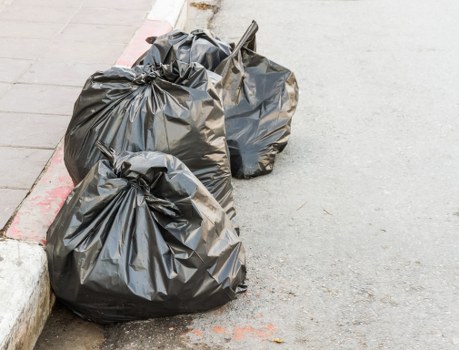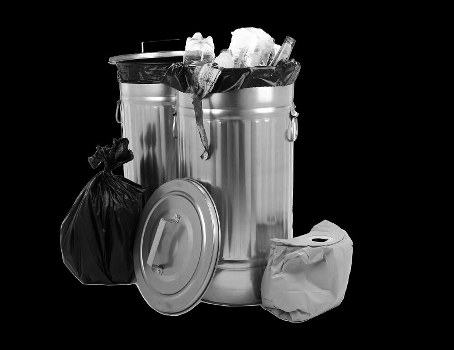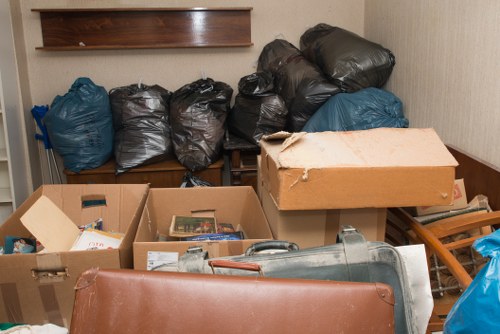Rubbish Clearance in White Goods Recycle

Introduction to White Goods Recycling
White goods, such as refrigerators, washing machines, and ovens, are essential appliances in every household. However, when they reach the end of their lifespan, proper disposal becomes crucial to maintain environmental sustainability. Rubbish clearance in white goods recycle ensures that these bulky items are managed responsibly, reducing landfill waste and promoting recycling initiatives.
Engaging in effective rubbish clearance not only benefits the environment but also offers economic advantages. Recycling white goods allows valuable materials to be repurposed, conserving natural resources and minimizing the need for new raw materials.
Understanding the process of white goods recycling is essential for both consumers and businesses. This article explores the various aspects of rubbish clearance in white goods recycle, providing a comprehensive overview of its benefits, processes, and best practices.

The Importance of Recycling White Goods
Environmental Benefits
Recycling white goods significantly reduces the environmental impact associated with their disposal. By diverting these appliances from landfills, we decrease soil and water contamination caused by harmful substances like refrigerants and heavy metals.
Energy Conservation: Recycling materials such as steel, plastic, and copper from white goods conserves energy compared to producing new materials from scratch. This reduction in energy consumption leads to lower greenhouse gas emissions.
Resource Efficiency: Reusing components from old appliances extends the lifecycle of materials, promoting a circular economy where resources are continually cycled back into production.

Rubbish Clearance Process
Collection and Transportation
The first step in rubbish clearance involves the collection of old white goods from various locations, including residential and commercial properties. Specialized transport vehicles ensure that these bulky items are moved safely and efficiently to recycling facilities.
Sorting and Dismantling
Once at the facility, white goods are sorted based on their type and condition. Dismantling involves separating different materials such as metals, plastics, and electronic components, each requiring specific recycling methods.
Material Recovery
Recovered materials are processed and prepared for reintegration into manufacturing systems. Metals like aluminum and steel are melted down, while plastics are shredded and melted to form new products.

Benefits of Professional Rubbish Clearance
Convenience and Efficiency
Professional rubbish clearance services provide a hassle-free solution for disposing of old white goods. They handle all aspects of the process, from collection to recycling, saving consumers time and effort.
- Timely Pickup: Scheduled collections ensure that old appliances are removed promptly.
- Proper Handling: Trained personnel manage the disassembly and sorting of materials safely.
- Compliance: Professionals adhere to environmental regulations and recycling standards.
Cost-Effectiveness: Utilizing professional services can be more economical in the long run, as they often offer competitive pricing and handle disposal fees, reducing the financial burden on consumers.

Steps to Recycle Your White Goods
Preparation for Recycling
Before recycling, it's essential to prepare your white goods to ensure a smooth clearance process. This includes:
- Disconnecting Appliances: Safely unplug and disconnect all appliances from power sources.
- Removing Hazardous Materials: Dispose of any remaining fluids or hazardous substances in accordance with local regulations.
- Clearing Contents: Empty all food, water, and other contents to prevent contamination during transport.
Proper preparation facilitates efficient recycling and minimizes the risk of environmental contamination.
Safety Considerations: Always prioritize safety by wearing protective gear and following manufacturer guidelines when handling old appliances.
Conclusion
Rubbish clearance in white goods recycle is a vital process for environmental conservation and resource management. By opting for professional recycling services, individuals and businesses can contribute to a sustainable future, reduce their carbon footprint, and promote the efficient use of resources.
Take Action Today! Ensure proper disposal of your old white goods by contacting a trusted recycling service. Contact us today to schedule your rubbish clearance and make a positive impact on the environment.